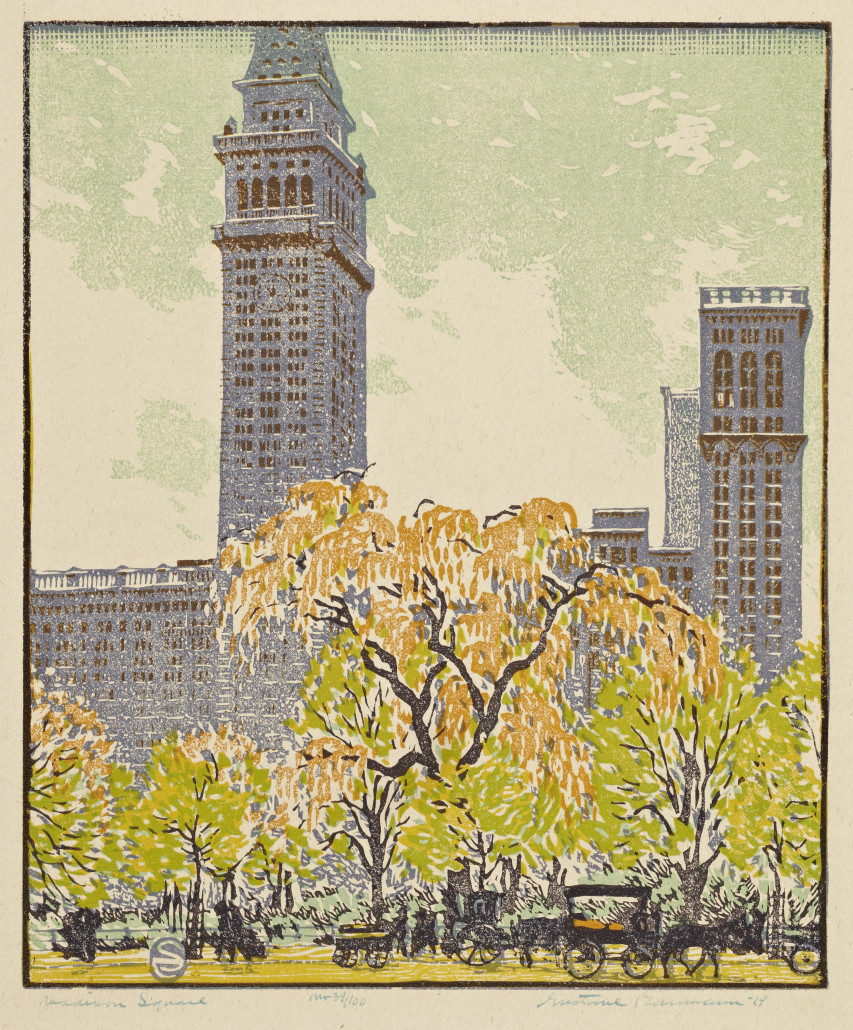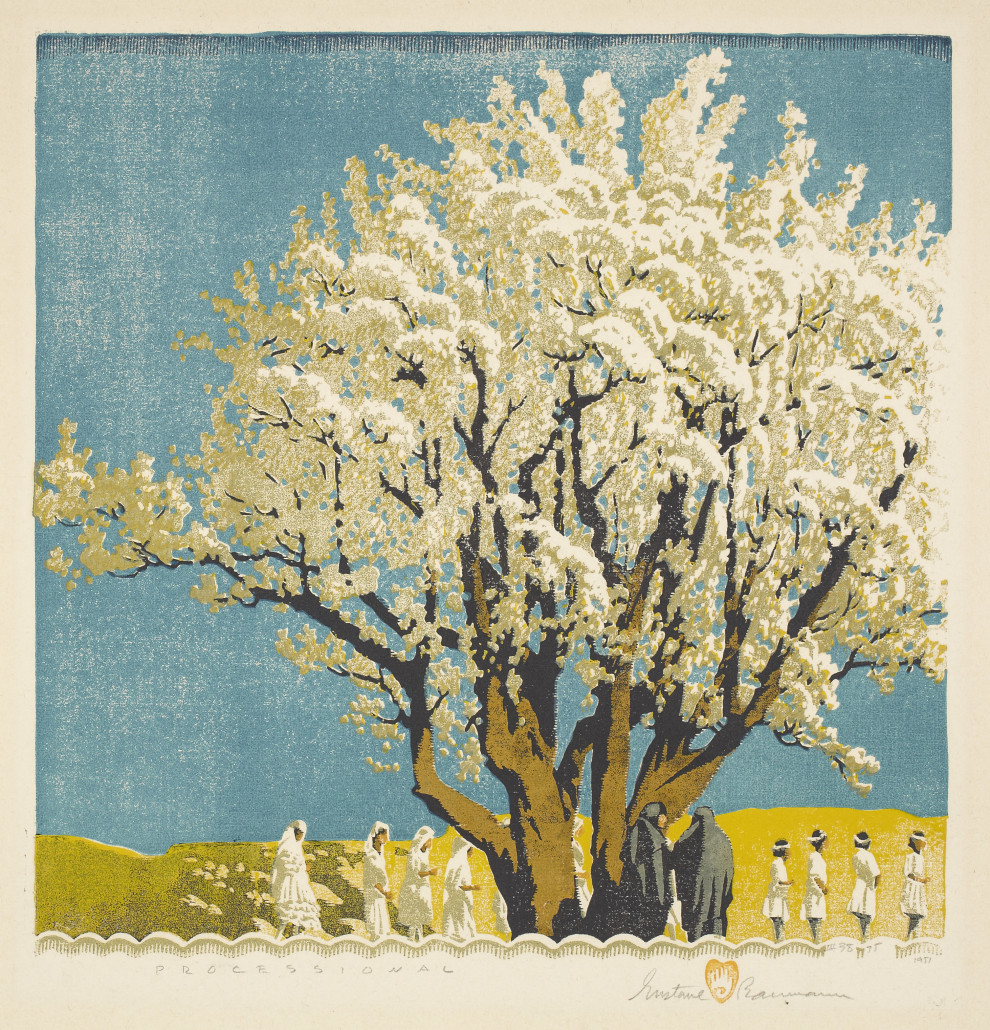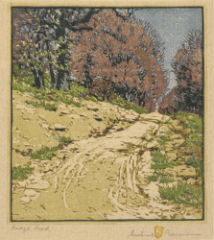
INDIANAPOLIS – “Gustave Baumann, German Craftsman – American Artist,” which features 104 works by the renowned woodblock printmaker, has one month left on its run at the Indianapolis Museum of Art.
The exhibition will be on display through Feb. 14, helping to kick off Indiana’s 2016 bicentennial celebration.
Exactly one century ago, the German-born artist put Brown County, Indiana, on the national map with his evocative woodcuts of the picturesque scenery around the village of Nashville, his temporary home base.
Baumann’s inventive works, reinvigorating a centuries-old printmaking tradition, earned him a gold medal at San Francisco’s Panama-Pacific International Exposition. He would become the leading American color woodblock printmaker and a central figure in this aspect of the American Arts and Crafts movement.

“Gustave Baumann, German Craftsman – American Artist” highlights the IMA’s unique collection of Baumann’s works on papers, assembled over the last century from the artist, his daughter, the late Ann Baumann, and various private donors.
Baumann operated as a one-man workshop and printed multiple impressions of his landscapes, assuring affordability to the public and adhering to his goal to “produce good pictures at low cost.” As Baumann indulged his wanderlust and traveled throughout the United States, his work reflected the beautiful scenery around him, from the jewel tones of the Southern California coast to the misty grays of Cape Cod to the burning reds of the Southwest.

Baumann settled in New Mexico – a vibrant region that attracted many artists in the 20th century – permanently in 1918.
For more information visit www.imamuseum.org .



